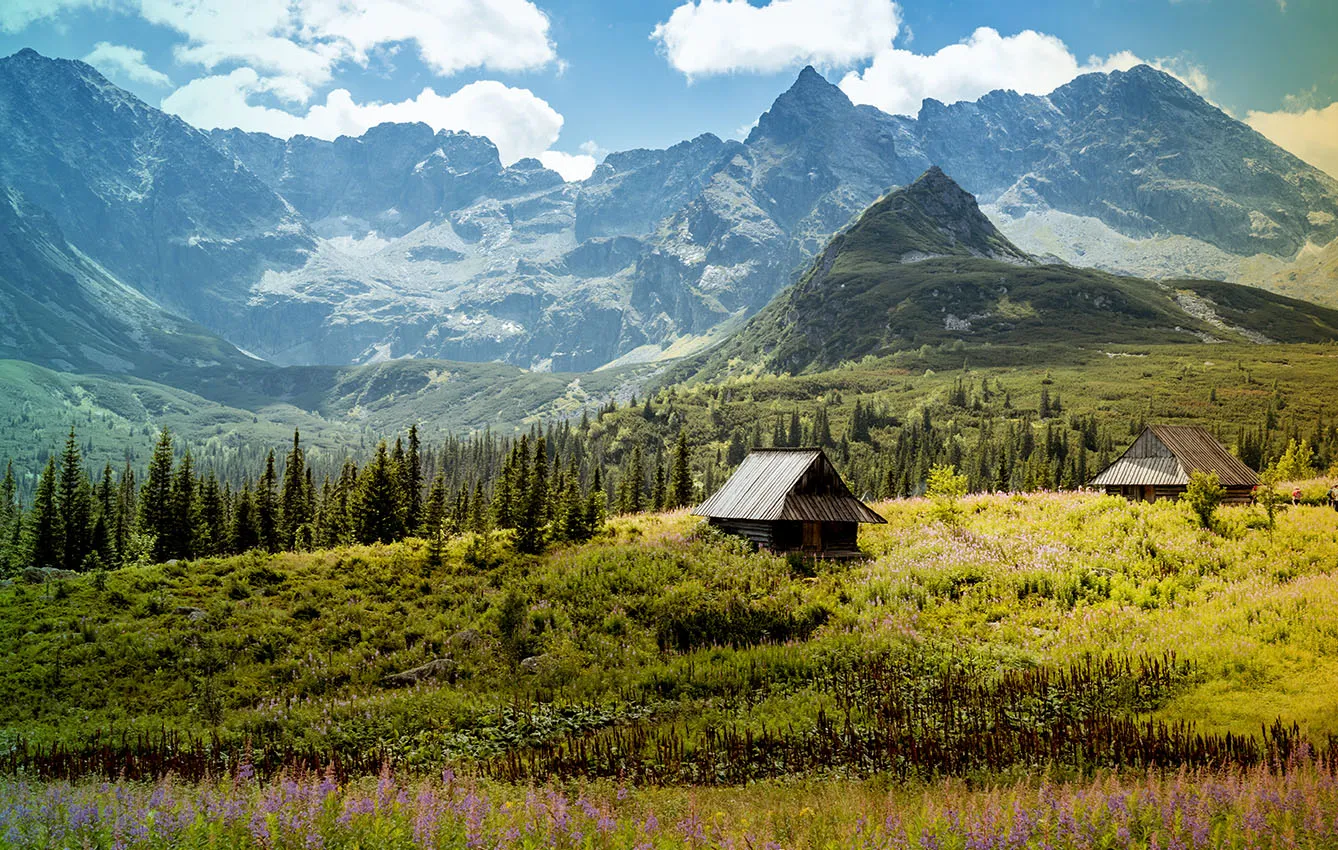Firstly, let us (again) remind everyone that Poland disappeared from the world’s maps for over 123 years due to partitions, dividing and incorporating Polish lands between Prussia, Austria, and Russia. The process started in 1772 and finished in 1795. This historical fact is fundamental to understanding the story of Count Zamoyski and the importance of his campaign to preserve Polish lands.
The patriotic family that never lost faith
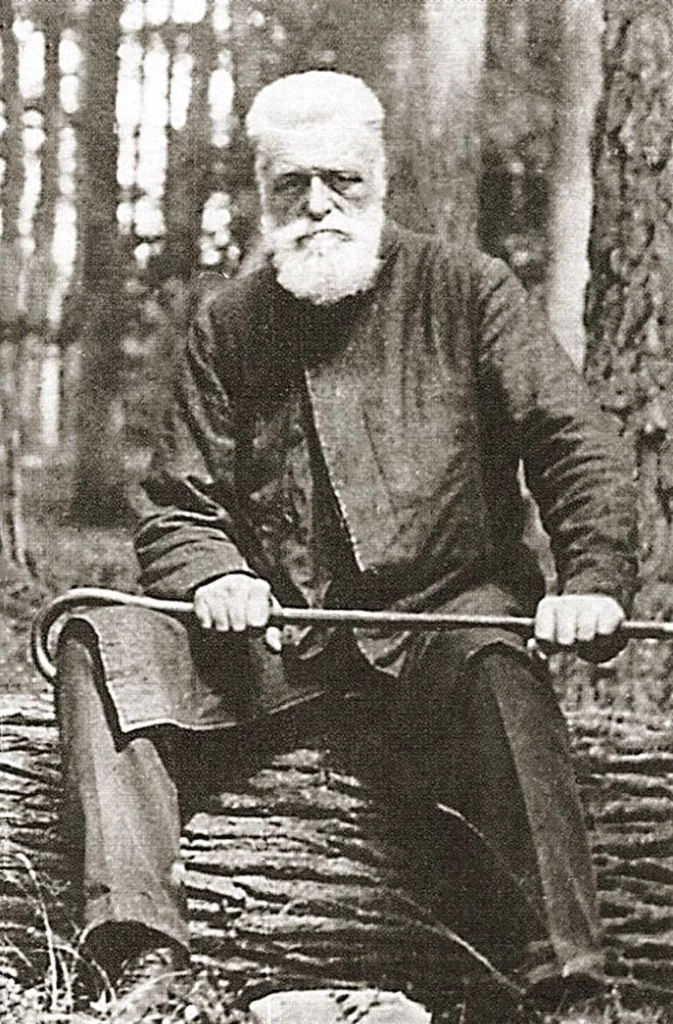
Count Władysław Zamoyski was born in 1853 to a patriotic family. Both his parents were actively involved in working for the Polish cause. The family’s noble motto was to serve God by serving the country and to work for Poland so that one day when she regained her independence, she would once again flourish. This belief was so embedded in Zamoyski’s DNA that it has shaped his entire life, turning him into a benefactor his nation could not forget even if it wanted to.
As soon as Poland lost independence, the mountain region of the Tatry went under the hammer. It was purchased by private owners who started exploiting the land’s natural richness. Finally, when the iron ore deposits were mostly exhausted, and the vast majority of the trees chopped down, private owners, who saw no further benefit in the land, decided to sell it. It was a one-in-a-lifetime opportunity to regain control over a piece of the Polish land, and Count Zamoyski was well aware of this.
He had little time to arrange all the necessities. After gaining his mother’s approval and sound advice, he pawned his family’s entire Kórnik estate (Greater Poland) and instructed his legal aid to bid on his behalf, always outbidding the interested party by one cent (there was one other potentially serious foreign buyer, who wanted to thoroughly use whatever was left in the land, leaving it useless). The plan was crazy enough to work. Zamoyski bought what amounts to a third of today’s Polish Tatra Mountains, including the town of Zakopane.
Morskie Oko – Poland’s Landmark That Nearly Wasn’t
From that day on, the Count devoted his life to looking after the region and made great efforts for its development. He did not see a return on his investment for over ten years, but when, thanks to his sustainable forest management, the land started bringing some profit (2% per annum), he invested every penny back into the land, creating something of a land trust (similarly to the British writer, Beatrix Potter, who saved vast areas of English countryside). He also supported the development of settlements, the tourism industry, and culture – everything connected with the richness of the Polish mountaineering lifestyle. He was so determined that he even pushed the boundaries… of his country!
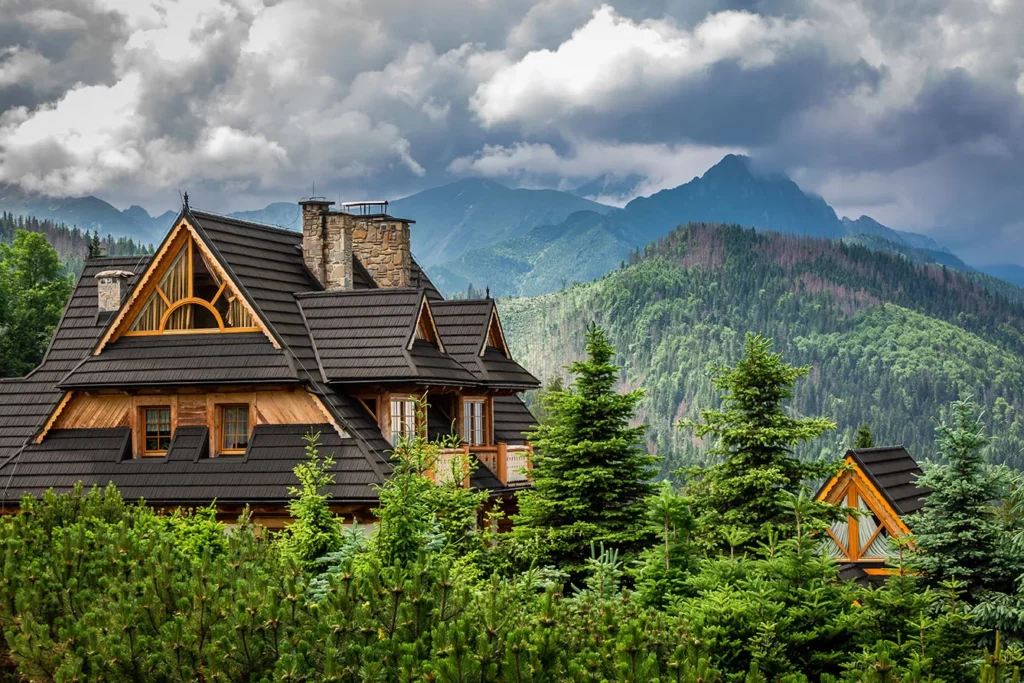
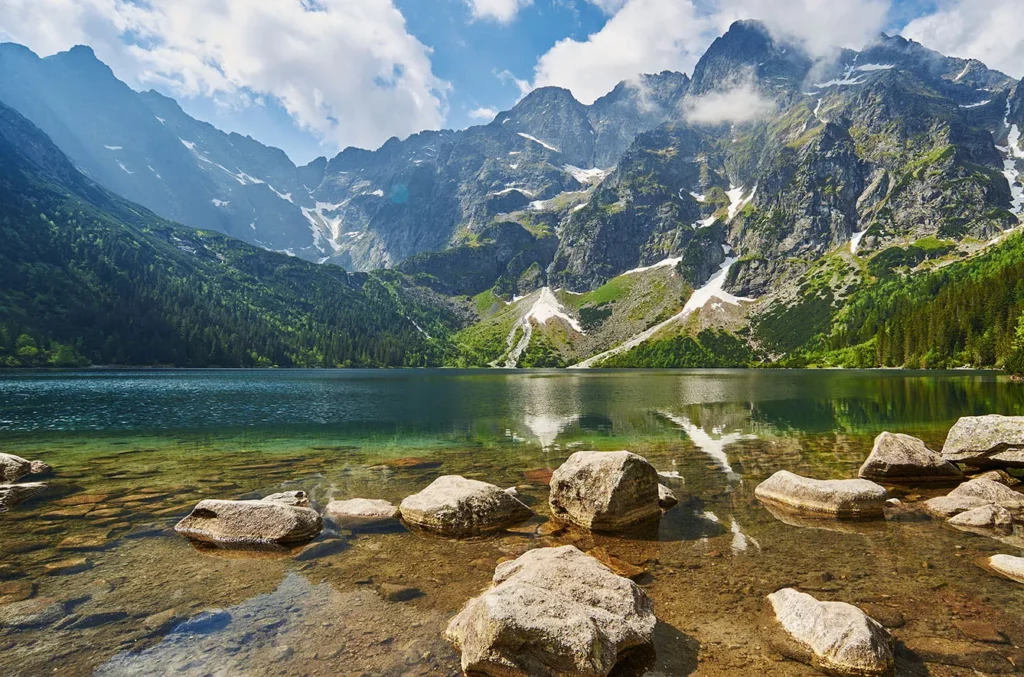
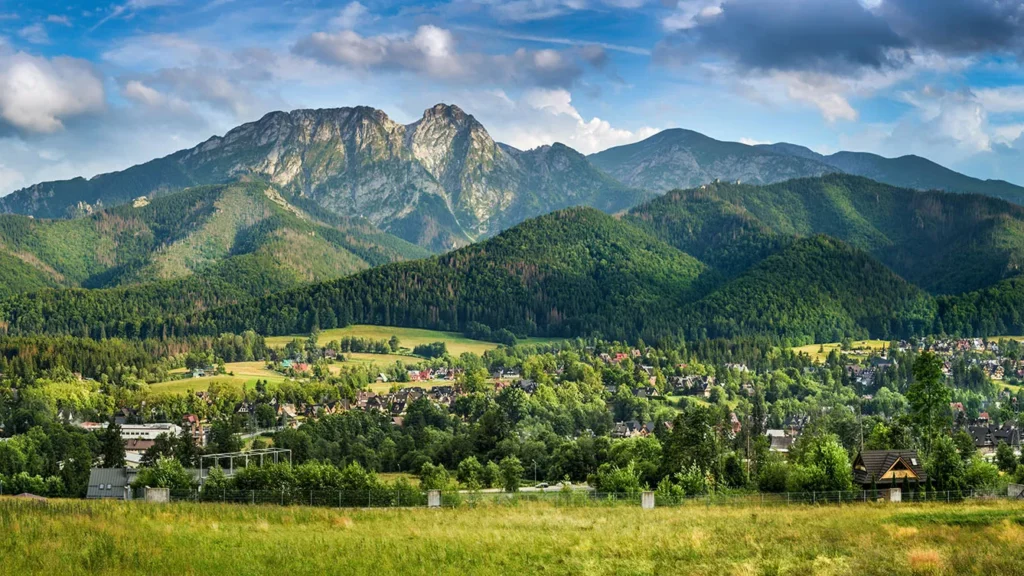
As the Count was enlarging the size of his estate, one issue would keep him awake at night, namely the dispute over Morskie Oko Lake – the second largest lake in the Tatra Mountains. The Hungarians wanted to claim this picturesque valley, and the Polish diplomatic efforts were scarce to finally resolve the matter. The Austrian administration was not overly eager to rule on whether the lands under (then) Austrian control were primarily Polish or Hungarian, so there was not much hope for Poland winning the battle. But thankfully, Count Zamoyski was far from giving up. He urged other Polish diplomats to master some strength and resolve in order to lobby for the cause. To do so, he used… a hat.
When one of the Galician deputies expressed doubt about whether it was worth the trouble to fight over a pile of fallow rocks, Count Zamoyski allegedly didn’t say a word. Instead, he pretended he wanted to sit on a hat that was put away on a chair. “Hey, that’s my hat you’re about to trample!” exclaimed the deputy. Zamoyski retorted, “See, you make such a fuss over a hat that costs but a few crowns, and yet you expect Poland not to protect its most beautiful piece of land?” The message sunk in, and Zamoyski received the necessary backing. Finally, the relentless efforts of the politicians annoyed even the Austrian offices, and in 1902, the Court of Conciliation ruled in favor of Poland, stating the original border between Poland and Hungary ran along the mountain peaks.
Władysław Zamoyski, the humble dreamer
Zamoyski never married. He lived a humble life, dedicating it entirely to the cause. When finally, in 1918, Poland regained independence, Zamoyski and his family had a hefty estate comprising the lands in the Tatra Mountains and the area of Kórnik (near Poznań). And they did with their wealth what they had pledged to do. Zamoyski established a foundation called Zakłady Kórnickie (Kórnik Institute) and donated its entire wealth to the Polish Nation. The Institute’s aims (approved in a statute only three days before Zamoyski’s death) were formulated to secure the individable nature of its wealth, which was to be used to generate income to benefit the country. Despite the bumpy history of this great project, the Institute still exists and works to fulfill the vision of its founders.
Zamoyski was a man whose greatness and selflessness were recognized by his contemporaries, with newspapers praising his involvement in saving the country’s lands, and iconic writers, such as Sienkiewicz and Żeromski, congratulating him on his achievements in the preservation of Polish wealth and culture. So if you happen to visit Poland’s Zakopane, make sure to find the statue of the humble Count, who bought and saved the Tatra Mountains.


